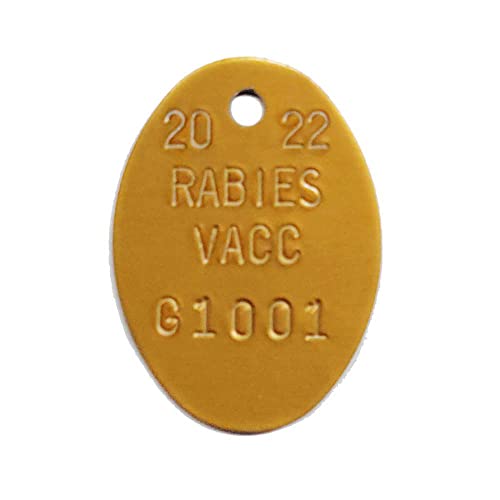Some folks are afraid of spiders, others snakes. Lightning puts the fear of God in many of us, and so do earthquakes, tornadoes and dark moonless nights. Living in the country presents many special worries, like the threat of wildfire or the potential for flash floods. More cars collide with wild animals on rural roads than city lanes and the chances of eating a poisonous mushroom or contracting the deadly hantavirus are much greater off the beaten path. But there is no threat so terrifying in rural places, or as fatally serious as rabies.
Growing up, I learned to keep a wary eye on grape arbors and tall, dark hedges of lilacs lest some crazed bat should emerge, grab hold of my hair, bite my scalp and infect me with rabies. Older cousins planted a terror of rabies in my preschool mind with accounts of the terrible vaccination shots in the belly that bat bite victims had to endure and how, more often than not, the bitten person went crazy and was committed to an asylum, ranting and raving and foaming at the mouth.
Like most horror stories, and like that nightmarish movie Cujo, there is a kernel of truth at the center of the exaggeration.
Bats are a major carrier of the rabies virus along with skunks, raccoons, squirrels and dogs. Treatment of an infected person does involve a series of shots (rabies immune globulin and human diploid cell rabies vaccine) that must begin immediately after infection. But the shots are now given in the arm, not the belly, and amount to six shots over 28 days. If administered promptly, the vaccine is almost always effective. Untreated victims, or those who get their shots too late, become irritable and feverish, they experience double vision and vomiting. Eventually they'll probably succumb to spasms, convulsions, delirium and death.
Only one person has survived the rabies virus without receiving a preventative vaccine -- a 15-year-old girl bitten by a rabid bat she picked up outside her church in Fond du Lac, Wisconsin. According to a report in Scientific American, she didn't display signs of rabies until three weeks later, when it was too late for the anti-rabies vaccine.
"Instead of giving her up for dead, the doctors decided to 'shut the brain down and wait for the cavalry to come' by inducing a coma to give her own immune system time to build up antibodies against the virus," the report stated. Rodney Willoughby, an infectious disease specialist at the Children's Hospital of Wisconsin in Milwaukee, devised the treatment credited with saving the girl, which has since become known as "the Milwaukee protocol."
Since 1980, there have been 36 human deaths from rabies in the U.S., but in 12 of those cases the infection occurred outside the U.S. More than half of the victims were infected by the kind of rabies associated with bats, but only one had actually been bitten by a bat.
The rabies disease, known as hydrophobia, is transmitted through the saliva of a warm-blooded or fur-bearing mammal, including man. You do not have to be bitten to get rabies. Most often, it infects people who handle wild animals or have pets that come in contact with wild animals. The virus can travel from a dog's saliva into the human bloodstream through an opening as small as a hangnail or the mucous membranes of the eyes, nose or mouth.
In the 1950s, rabies was infecting U.S. dogs in nearly epidemic proportions. A household pet could be carrying rabies for weeks or months without showing symptoms. Widespread pet vaccinations and licensing helped curb the number of infections. There were 6,949 confirmed rabies cases in dogs in 1947; there were 111 in 1996.
Lately, though, rabies is spreading again, this time in skunks and raccoons. Some states have controlled the advance by feeding their wildlife a bait loaded with a rabies vaccine; others have found this technique too expensive. The best ways to avoid rabies are pretty simple:
Vaccinate the pets. Stay away from wild animals. Deter wild animals away from the house and pets as much as possible. Avoid and report animals acting strangely. Keep pets indoors at night. If bitten by an animal, capture it if possible. Wash the bite with soap and water for 15 minutes. Go immediately to a doctor or hospital. Only by monitoring or dissecting the animal culprit can health officials determine whether it has rabies. And only by starting the series of vaccination shots -- a five-shot series of minute amounts of the dead rabies virus and a shot of immunoglobulin -- immediately can a person be assured of surviving the encounter.
I don't fear bats like I once did, and I'm relieved to know the belly shots are a thing of the past, but I still move quickly through the grape arbor and try to keep my hair under a hat




